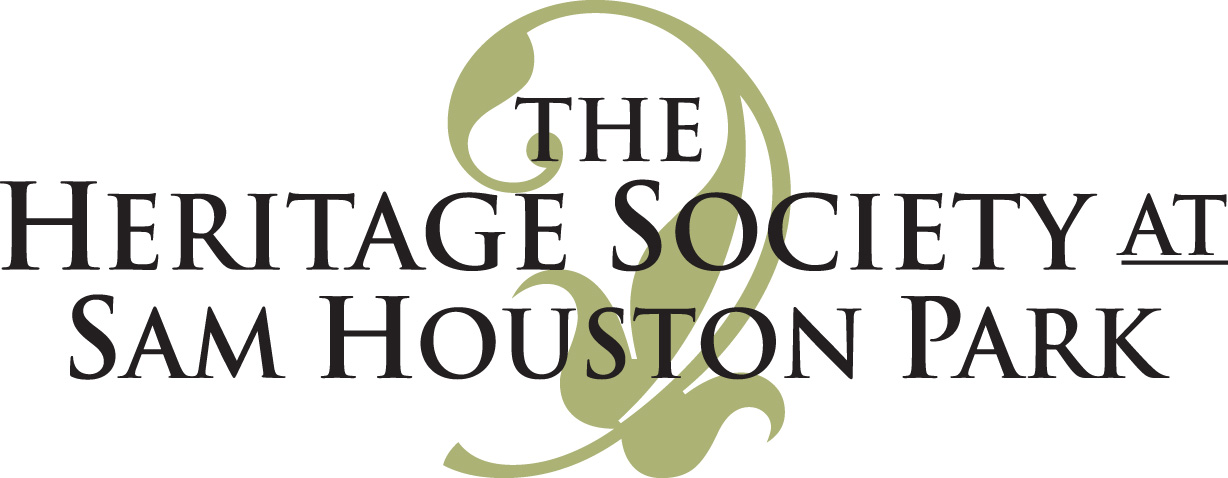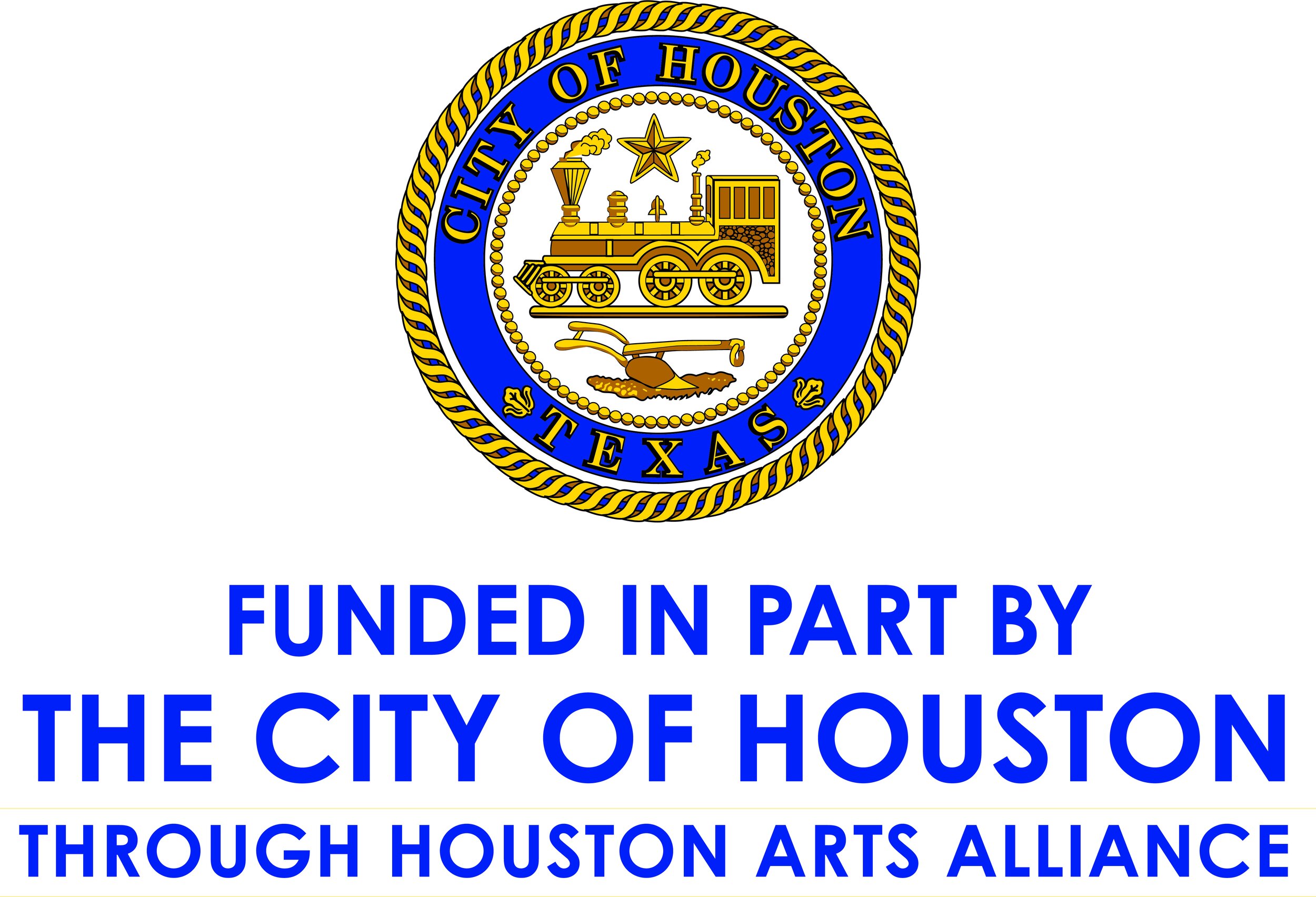Ford Model T-1911
The Heritage Society Permanent Collection Gift of David Hessong
The Model T changed the way Americans lived, worked and traveled. Henry Ford’s revolutionary advancements in assembly-line automobile manufacturing made the Model T the first car to be affordable for a majority of Americans. In 1908, the Model T sold for $850 while competing cars often cost $2000-$3000. The Model T was offered in several body styles, including a five-seat touring car, a two-seat runabout, and a seven-seat town car. All bodies were mounted on a uniform 100-inch-wheelbase chassis. A choice of colors was originally available, but from 1913 to 1925 the car was mass-produced in only one color—black. By the 1920s the price had fallen to $300 as the assembly line technique became more efficient and produced a greater volume of cars.
The engine was simple and efficient, with all four cylinders cast in a single block and the cylinder head detachable for easy access and repair. The engine generated 20 horsepower and propelled the car to modest top speeds of 40–45 miles per hour (65–70 km/h). In most models, the engine was started by a hand crank, which activated a magneto connected to the flywheel, but after 1920 some models were equipped with battery-powered starters. The transmission, consisting of two forward gears and one reverse, was of the planetary type, controlled by foot pedals rather than the more common hand lever used in sliding-gear transmissions. Spark and throttle were controlled by a hand lever on the steering column. The 10-gallon fuel tank was located under the front seat – or mounted on the back. Because gasoline was fed to the engine only by gravity, and also because the reverse gear offered more power than the forward gears, the Model T frequently had to be driven up a steep hill backward.
Automobiles arrived in Houston early in the 20th century and quickly grew in popularity. The number increased from just over 1,000 cars in Harris County in 1911 to almost 100,000 by 1930. Prior to the automobile, the streetcar system was the preferred mode of transportation around the city. The effect of the automobile on Houston’s landscape was profound. Along with cars came the need for new and better roads, parking, car dealerships, gas stations, mechanic shops, and even new laws to regulate traffic. In fact, the first local speeding ticket was given to T. Brady in 1903 for exceeding the 6 mph limit on Main Street.
This Ford Model T is on view in the Museum Gallery.
Photograph by the Bob Bailey Studios © Center for American History, University of Texas at Austin
1940S
Houstonians fill up and service their cars at this corner Texaco station. In the late 1930s, Texaco commissioned industrial designer Walter Teague to develop a modern service station. The resulting "Teague" Texaco design was a functional white building with green trimmings featuring one or more service bays for “Washing” and “Lubrication,” an office area with large windows for displaying tires, batteries and accessories, and restrooms featuring Texaco-green tile walls and floors. The Teague station design was typically built of white porcelain tile, but local and regional variations could include painted brick, concrete brick and stucco materials.
Photograph by the Bob Bailey Studios
© Center for American History, University of Texas at Austin
Uniformed Texaco service station attendant. In 1940, gas cost about $.18 per gallon and the attendant was ready and willing to attend to the customer’s needs. The company offices for Texaco, or the Texas Company as it was called then, were located in downtown Houston at the corner of San Jacinto and Rusk.











